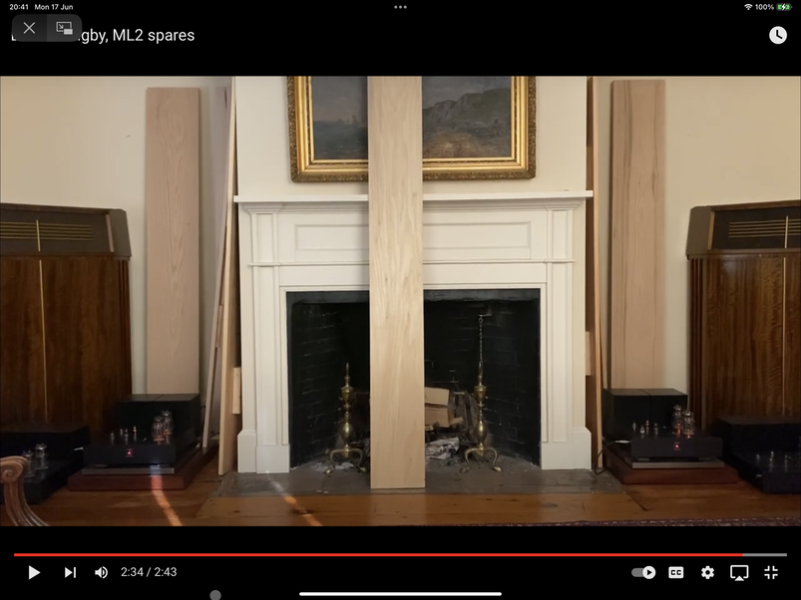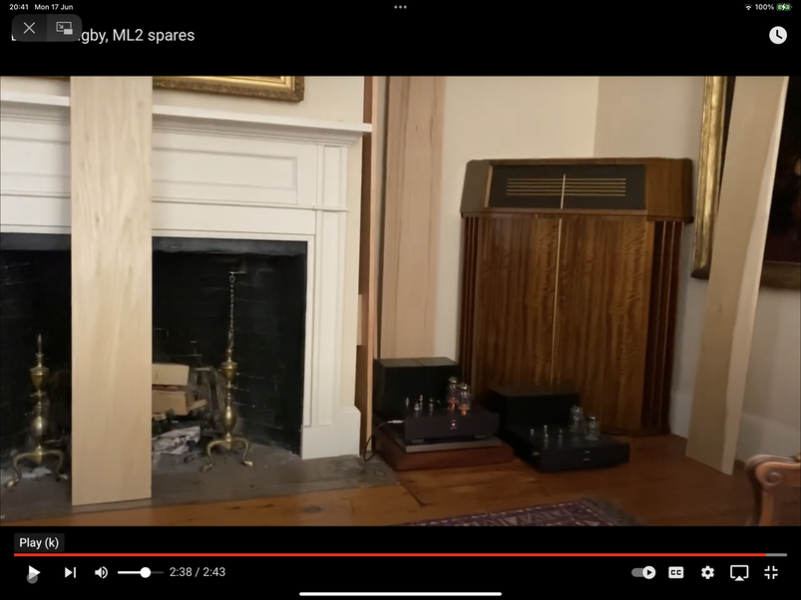These look similar, but there are no similarities between the two. Jimi Hendrix, Pink Floyd, and most rock groups used Altecs with Crown type amps, so you should too, is a similar analogy.
The Simon Rattle guidance built Birmingham hall has relatively poor acoustics compared to many others. The Sheldonian at Oxford built in 1600s is the best acoustic I know, and is just a very different concert hall, an old building where Haydn used to compose and perform. Some churches form the best acoustics, others suck. Neither of them are planned.
That said, all concert halls are dependent on seats filling up for acoustics, and in all of them only some seats sound good. They are not built to a seat, you have a seat of choice. An audiophile listening room is built with much lower talent than a concert hall, and it is completely arrogant for any audiophile to assume that by putting up a purpose built room he has applied science to art. As you know it took you years of work after building your room, you will never know if you would have got the same results spending years find tuning a non-purpose built room with furniture with different gear. Moreover, most audiophiles will do what Ron did, build purpose built room, but have different speakers in it over their time, kind of defeating the purpose of which speaker it was built for. Marty's room was built for digitally corrected Pipedreams, now has passive crossover Wilson Alexx. What helps it is 35*25*14.
Concert halls sound good for many reasons, not necessarily the hall acoustic. The performers also rehearse there, they might be adjusting to each hall. There is a enough room for the listener to adjust his seat. And there might be other factors not acoustic related in play, i.e. just listening to a real direct instrument that is well performed. I don't know a single hall that hasn't disappointed or that hasn't awed. How can we be disappointed and awed in the same acoustic?








